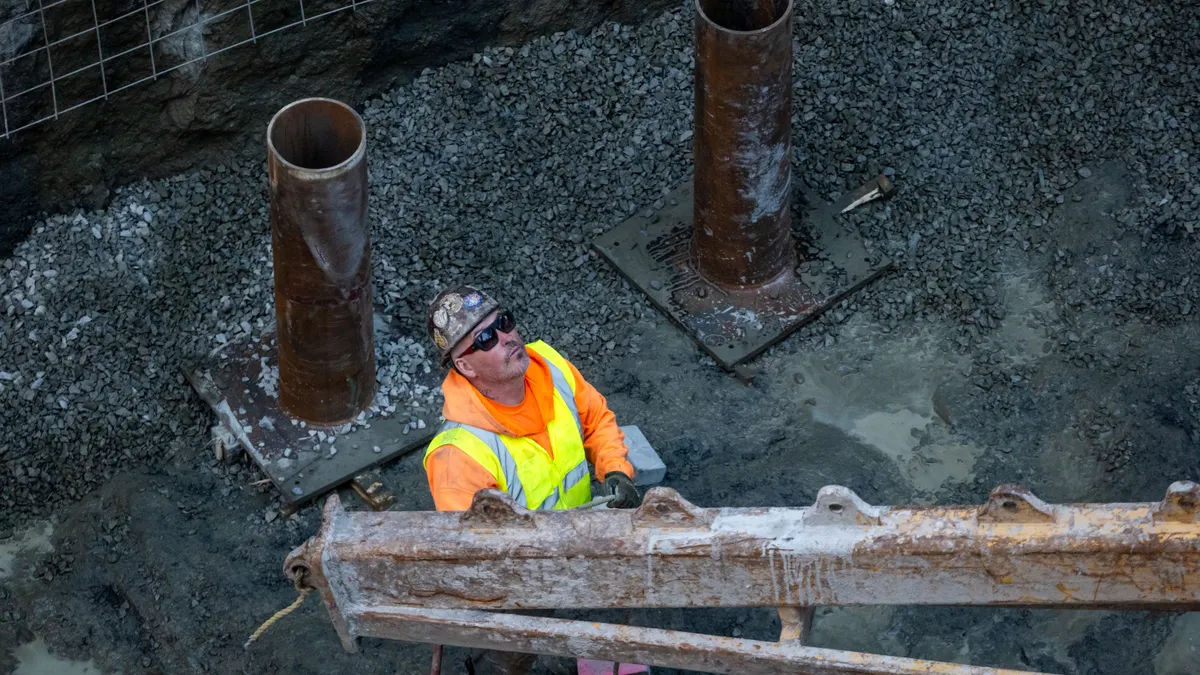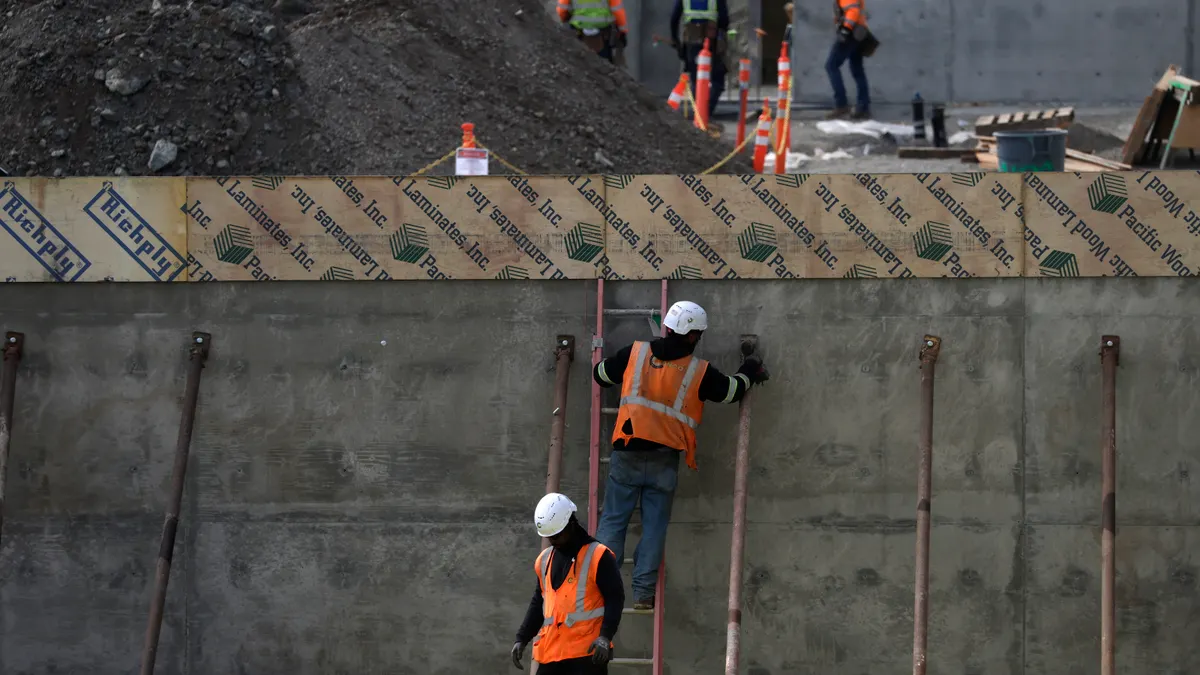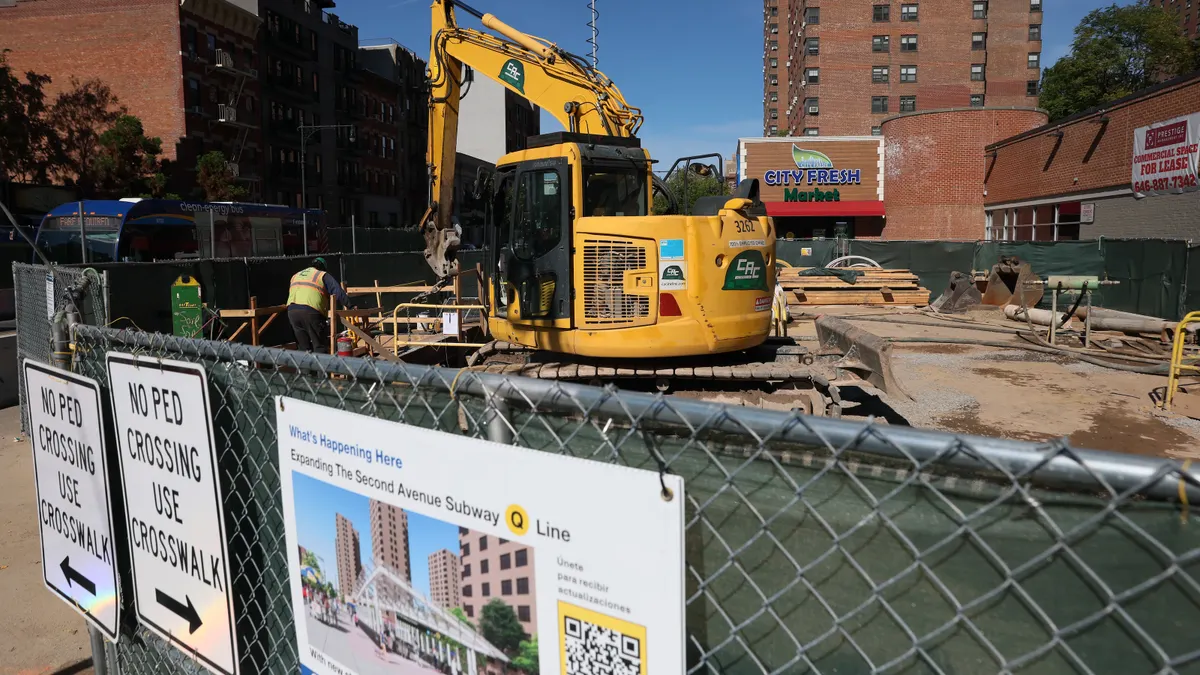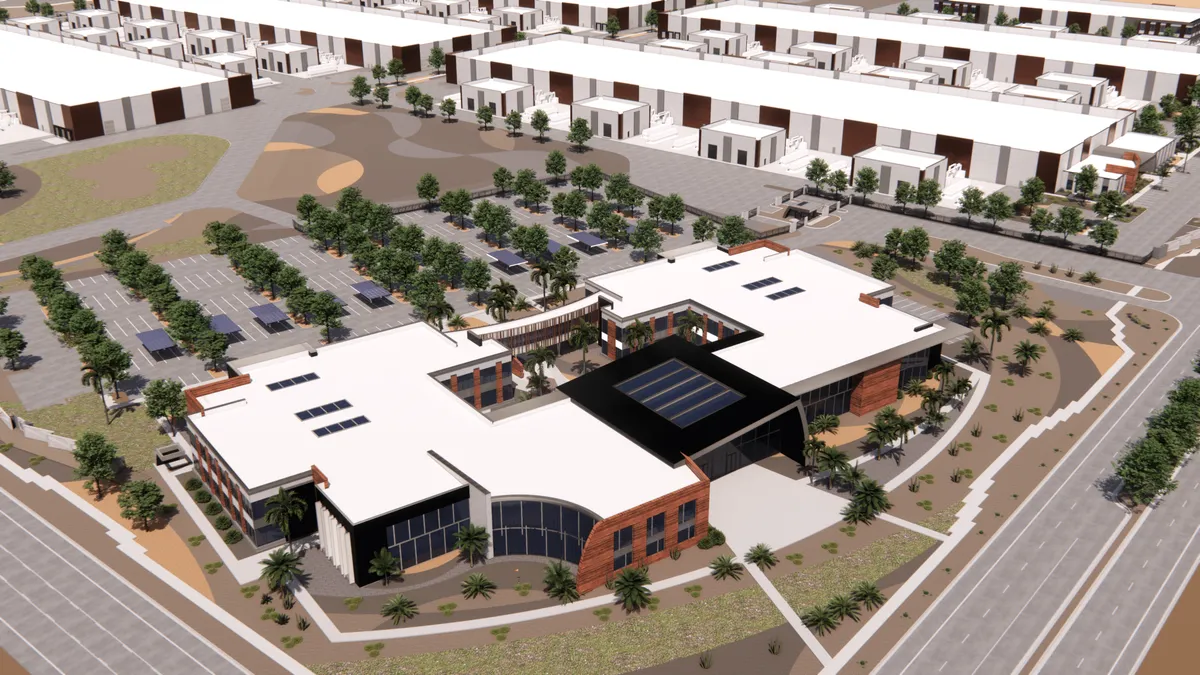Back at the office after a trip down to Design and Construction Week, held this year in sunny Orlando, FL, I have millennials on the mind. It helps, of course, that I am one. I work among members of this generation, I live with them, I "follow" them on Facebook and Twitter, I pass them on the street — heads (not always) down, headphones (usually) in.
"Millennial" is the term used to describe people born between 1981 and 1997, making them somewhere between the ages of 20 and 36 this year. We're larger in number than Generation X and we recently surpassed baby boomers as the biggest living generation, with 75.4 million in the U.S., according to the Pew Research Center. Pew expects millennials to top off at 81.1 million in 2036, considering additions from immigration. By 2050, there will be 79.2 million of us.
That's posing all sorts of questions, from where we buy food and what we expect from employers to why we ask so many questions and when we'll finally grow up.
Where, and in what, we live is among the more pertinent of those questions, especially for Construction Dive readers.
First-time buyers, many of whom are millennials, make up 33% of new home buyers today, down from 40% before the recession, according to Realtor.com Chief Economist Jonathan Smoke. Reasons for the downshift include a shortage of housing inventory that price-sensitive millennials can afford as well as head winds like high rents, student debt, rising mortgage rates and slower wage growth. According to Andres Carbacho-Burgos, a director at Moody's, the share of new homes priced below $300,000 currently hovers around 50% and should be higher. Trulia reported that housing stock targeting first-time buyers was down 12.1% annually in the fourth quarter.
But a conversation spurred by a session at DCW on the topic suggests that millennials may be getting lost in the headlines and the top-level data. The session, titled "Housing & Millennials: A First Person Perspective," intended to present the topic of millennials and housing from the viewpoint of a member of that generation: Ali Wolf, manager of housing economics at Meyers Research, in Orange County, CA.
During the interactive session, the millennial onstage, along with the millennials in attendance, discussed where they live and why.
Some live with parents in their childhood homes, many were owners, others (including this reporter, who was called on to contribute to the discussion) said they rented. Non-millennial members of the audience responded with questions. We millennials did our best to answer.
The variation in the room matched that of research presented by Wolf, which showed millennials on a matrix from low income to high income and "traditionalists" to "trailblazers." She argued that millennials with lower incomes but a higher prioritization of homeownership (traditionalists) could be more likely to own their home than those who earned more but had other priorities (trailblazers), such as a job in a market they didn't want to settle down in.
In December 2016, Wolf surveyed 1,000 millennials across 48 states. Four in 10 were born between 1985 and 1989. Of the entire sample, 40% were married or engaged and 34% were single. Eight in 10 didn't have kids.
One thing that stood out to me was the variation among a group that's typically classified as a homogenous unit.
The survey covered commute times (45% travel 11 to 30 minutes, with the longest commutes in California and the Northeast, where traffic tends to be the worst); living situations (34% own and 52% rent); and homeownership by age (56% of those between ages 32 and 36 own while just 13% of millennials ages 22 to 26 reported the same).
For those who didn't own, affordability, uncertainty about where to settle down and student debt were evenly cited as barriers. Respondents listed location (30%) as the top reason, by a wide margin, for where they chose to live. Price (19%), outdoor space (11%) and walkability (9%) followed.
Perhaps most interestingly, Wolf asked those who didn't own homes yet when they thought they would. More than half (55%) said they’d buy a home in the next five years, with 30% saying between one and three years and 25% expecting to own in three to five years.
At a separate DCW event, National Association of Home Builders Chief Economist Robert Dietz told press that the peak of the millennial generation will be roughly 26 years old this year, while the median age of a first-time homebuyer is now 30. We're getting older, and our homebuying behavior is becoming more predictable to that of previous generations (if delayed).
After the session, Wolf and I sat down to talk. I wanted to know why interest in millennial consumer behavior around housing seems to be at near-obsession levels.
Technology is one factor. "It used to be that you could figure out how other people were buying because that's what you did," she said. "Now that technology is there, you're not sure if they're on Zillow, if they're using different websites. How are they getting their information? [Builders are] trying to figure out what's the best way to approach millennials."
New additions to mobile tools from Realtor.com and Zillow, along with the ability to buy and sell homes online through startups like Opendoor, show the trend in action.
Builders doing it right, she said, are conducting their consumer research and offering customization options and walkability to some amenities in their communities. Focus groups, targeted social media surveys and simply talking to the millennials in their market are ways to get started with consumer research, according to Wolf.
"If you're around a millennial, [you can ask] 'Hey, what do you like? How do you feel about that home office? What do you think about having a yard? Is that a deal-breaker or not?'" she said. "That's a really easy way you can get into the mind of a millennial, by just asking questions."
While homeownership rates vary among millennials, due in part to our massive scale, trends data shows we are likely to buy — eventually. And builders are trying to reach us, with entry-level-focused companies like LGI posting record numbers as larger builders look to break into the entry-level sector with lines featuring fewer features and in hot markets where in-migration is driving home sales.
"In [large] markets, it's easy to assume that if affordability is stretched, people aren't going to be buying homes," Wolf said. "What we do see is people are saving and figuring out if there's a will, there's a way. And a lot of people have said, 'I want this as my investment tool and I want to go out there and buy a home.' "
It's certainly the case for this millennial.
Check out our other coverage from Design and Construction Week, including a rundown of how builders can better address the labor shortage, the latest building products and technology, a concept smart house and how one woman went from journalism to the top of one of the country's largest homebuilders.






















